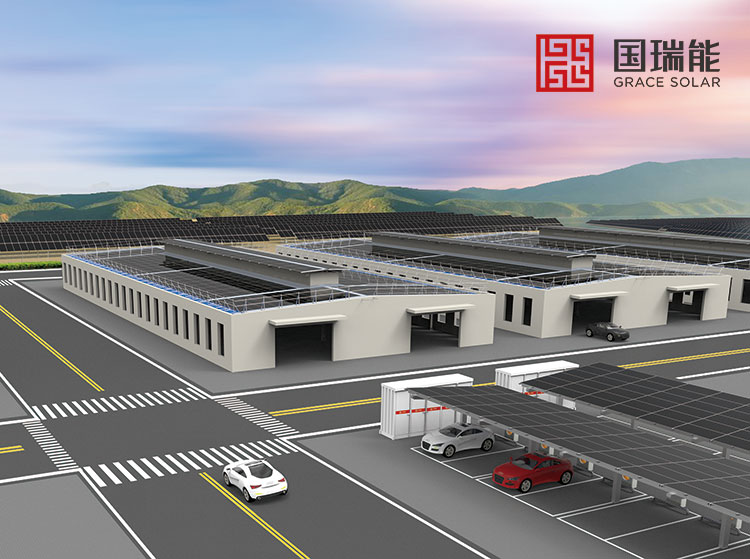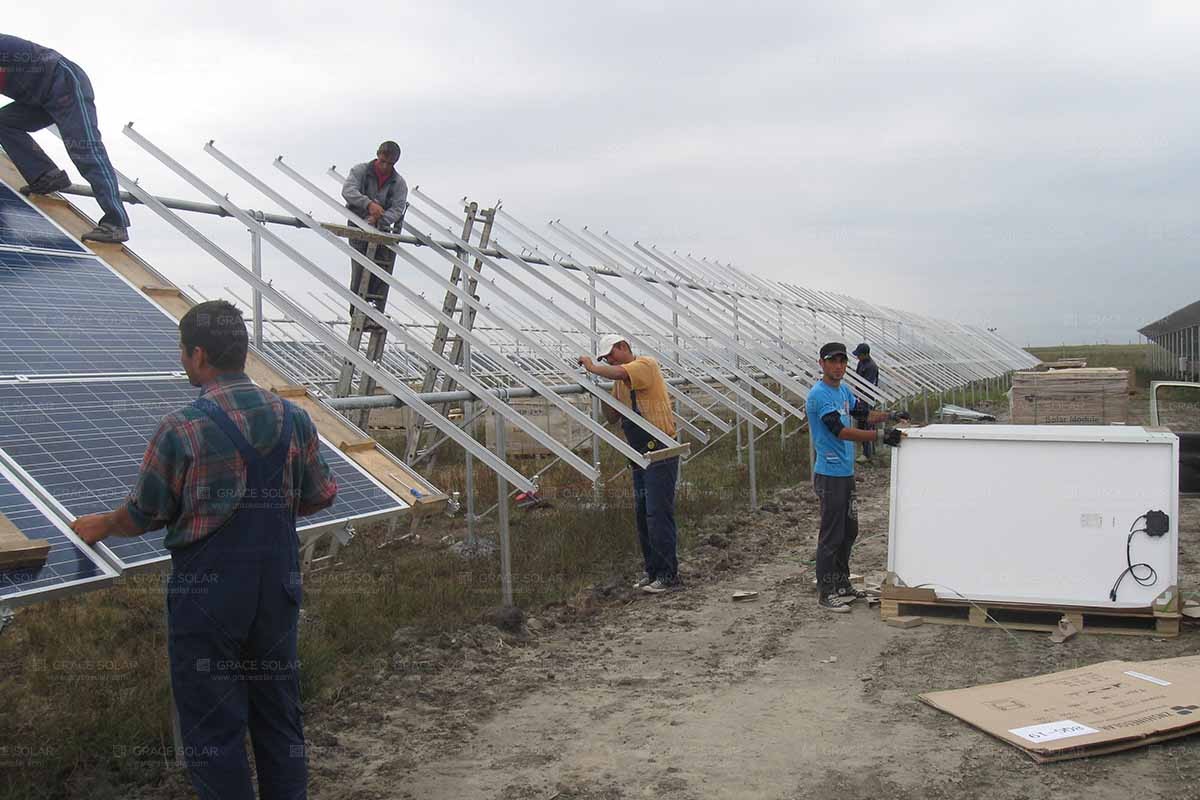A New Report published by IEA PVPS has defined BIPV
Incorporating solar energy into our built environment represents an opportunity to install hundreds of gigawatts around the world without occupying any additional land. However, in many cases, this will require solutions beyond typical rooftop photovoltaic installations and closer cooperation between photovoltaics and the construction industry. A new report issued by IEA PVPS aims to combine the benefits of the two worlds and clearly classify the building envelope and energy functions of different BIPV components.
"By considering the main technical subsystems of the multifunctional building skin, the main features in terms of function, performance, form, structure and energy-related aspects are organized into five levels from application categories to materials," the report author said.

The five categories defined in the report are derived from the categories outlined in IEC Standard 63092-1 "Building Photovoltaics-Part 2: Requirements for Building Integrated Photovoltaic Systems". The IEC categories define different types of BIPV systems, based on the accessibility of the integration area and the interior of the building. IEA PVPS further decomposes these into "systems"-representing the entire building unit, "modules" representing energy and active elements in the building, "components" representing the components that make up these elements, and "materials" representing basic materials.
At the system level, the report points out three main types of BIPV systems, which are divided into roofs, facades and external integrated equipment. They further subdivided each of them into subsections—for example, the "roof" was divided into discrete roofs, continuous roofs, and atriums/skylights. Then according to the transparency of the elements, the report's module-level categories are divided into three.
By clearly defining the different system elements in this way, the report hopes to combine the interests of photovoltaic system designers and architects-this is one of the key challenges for the development of BIPV.



.jpg)